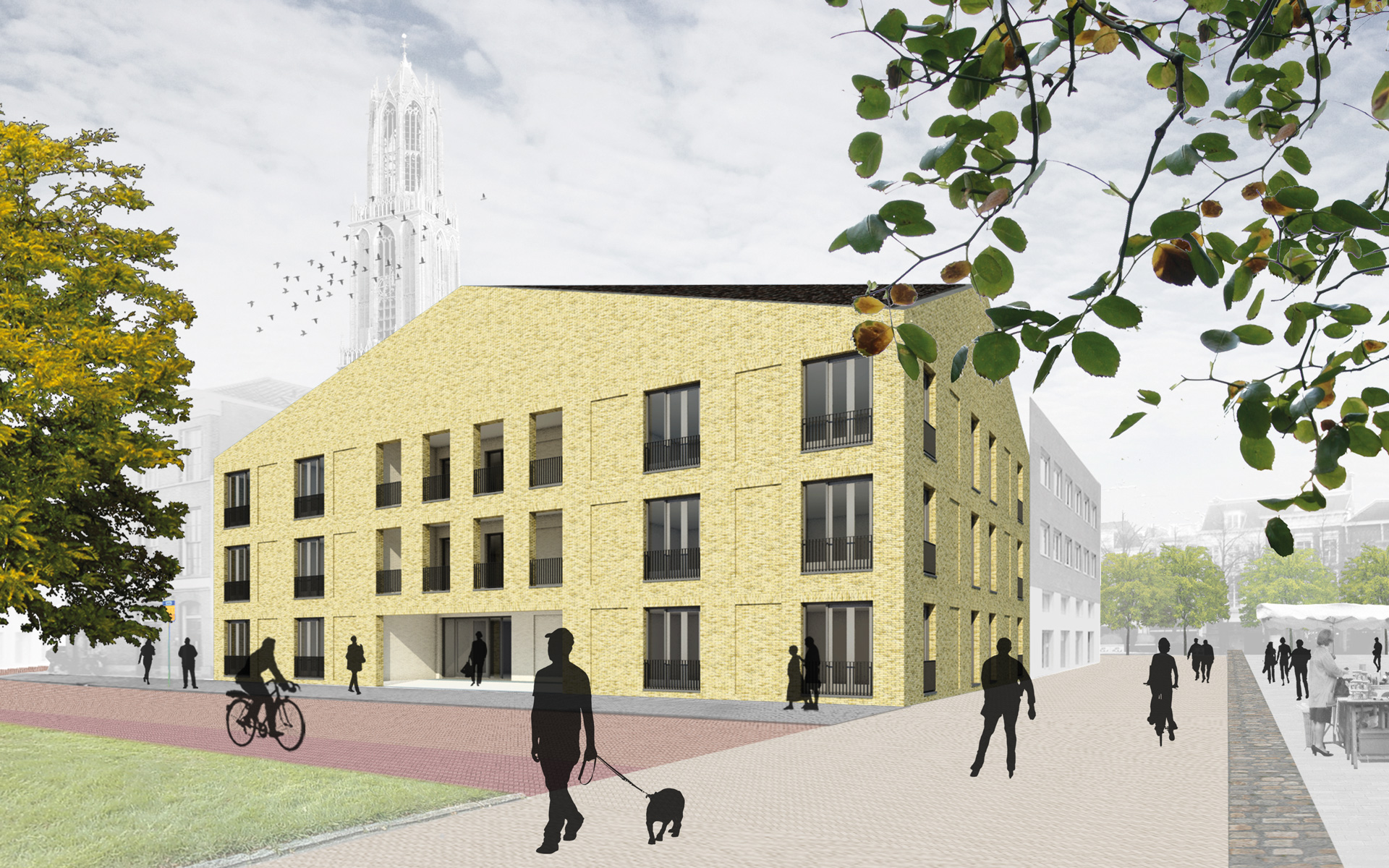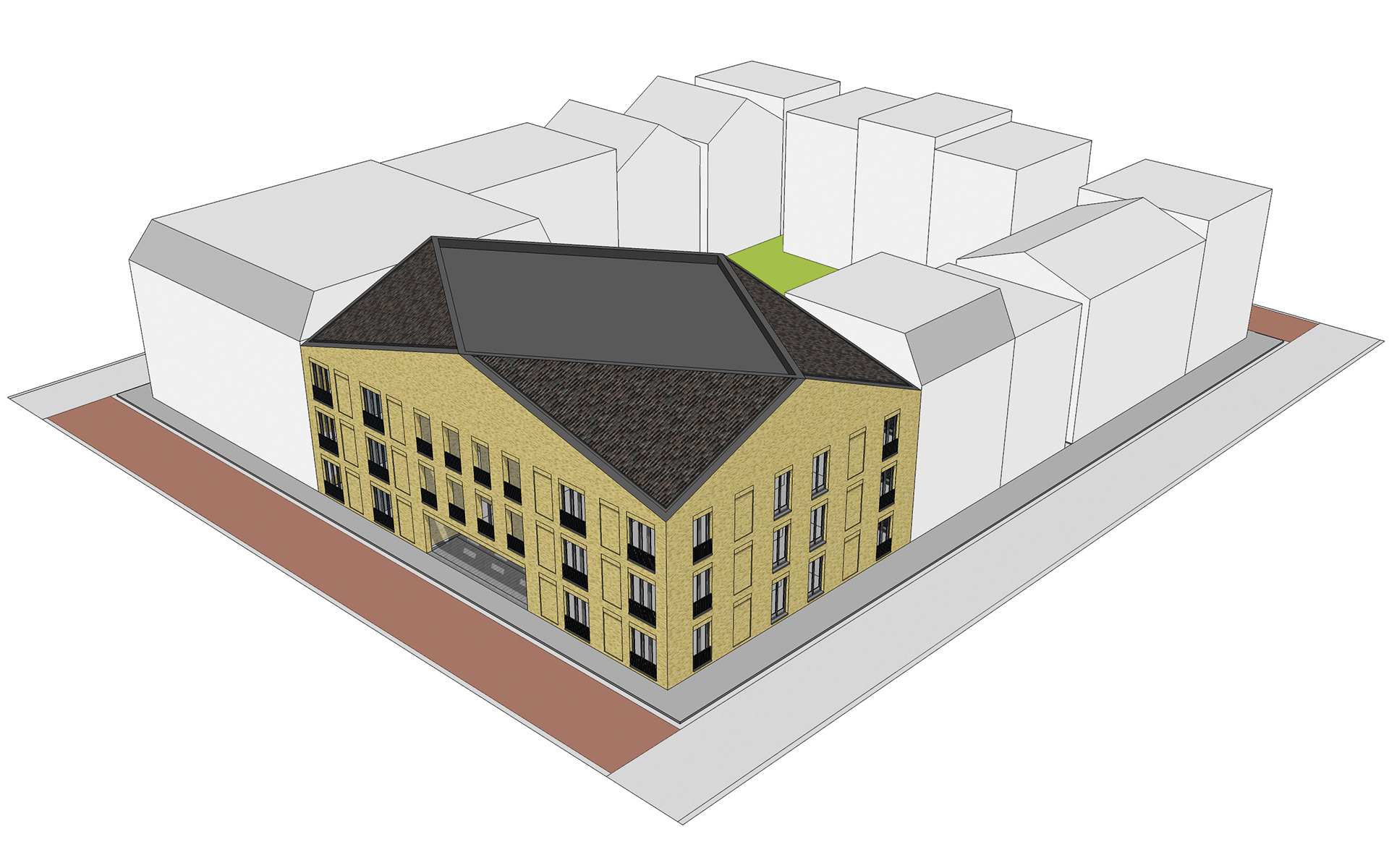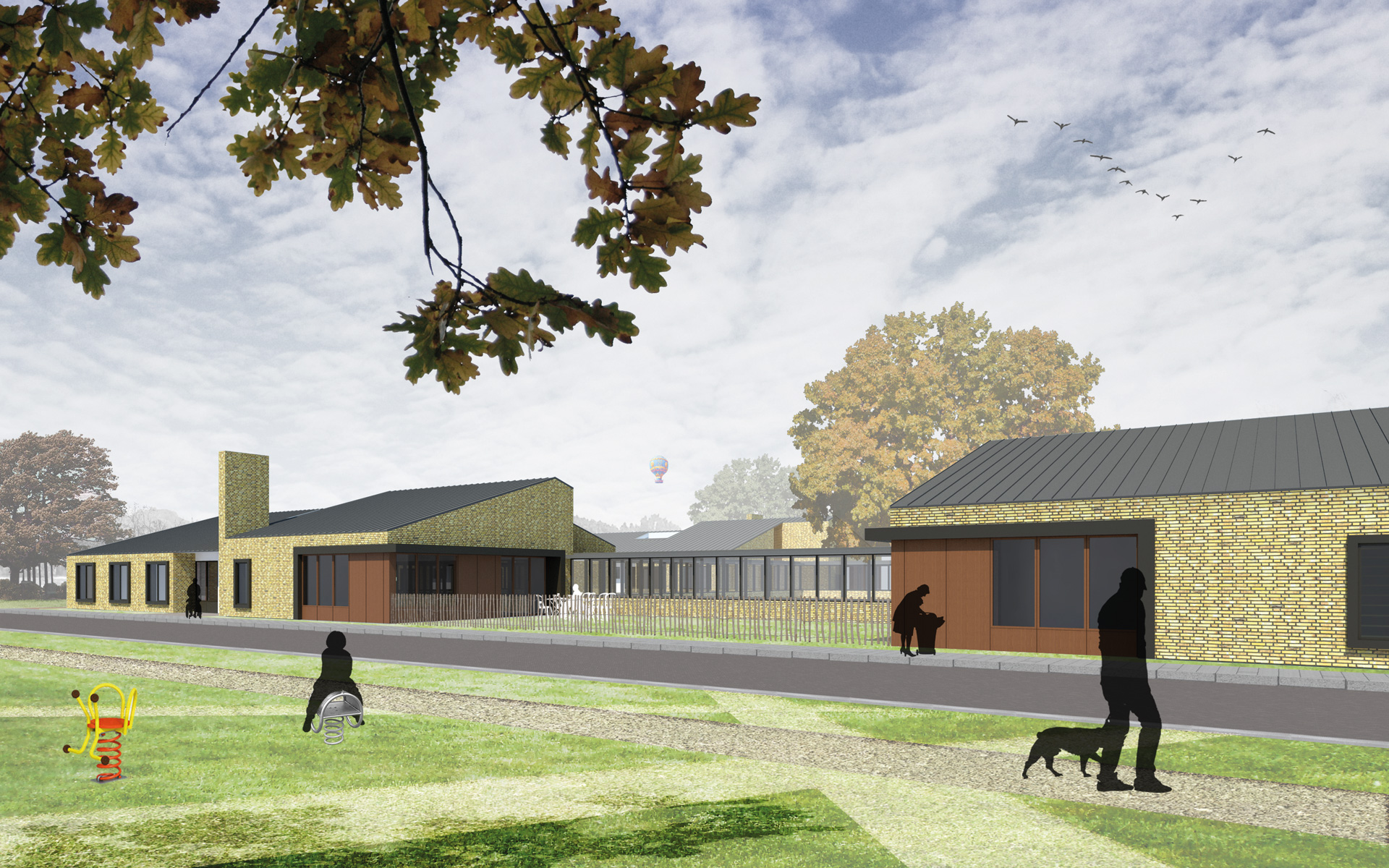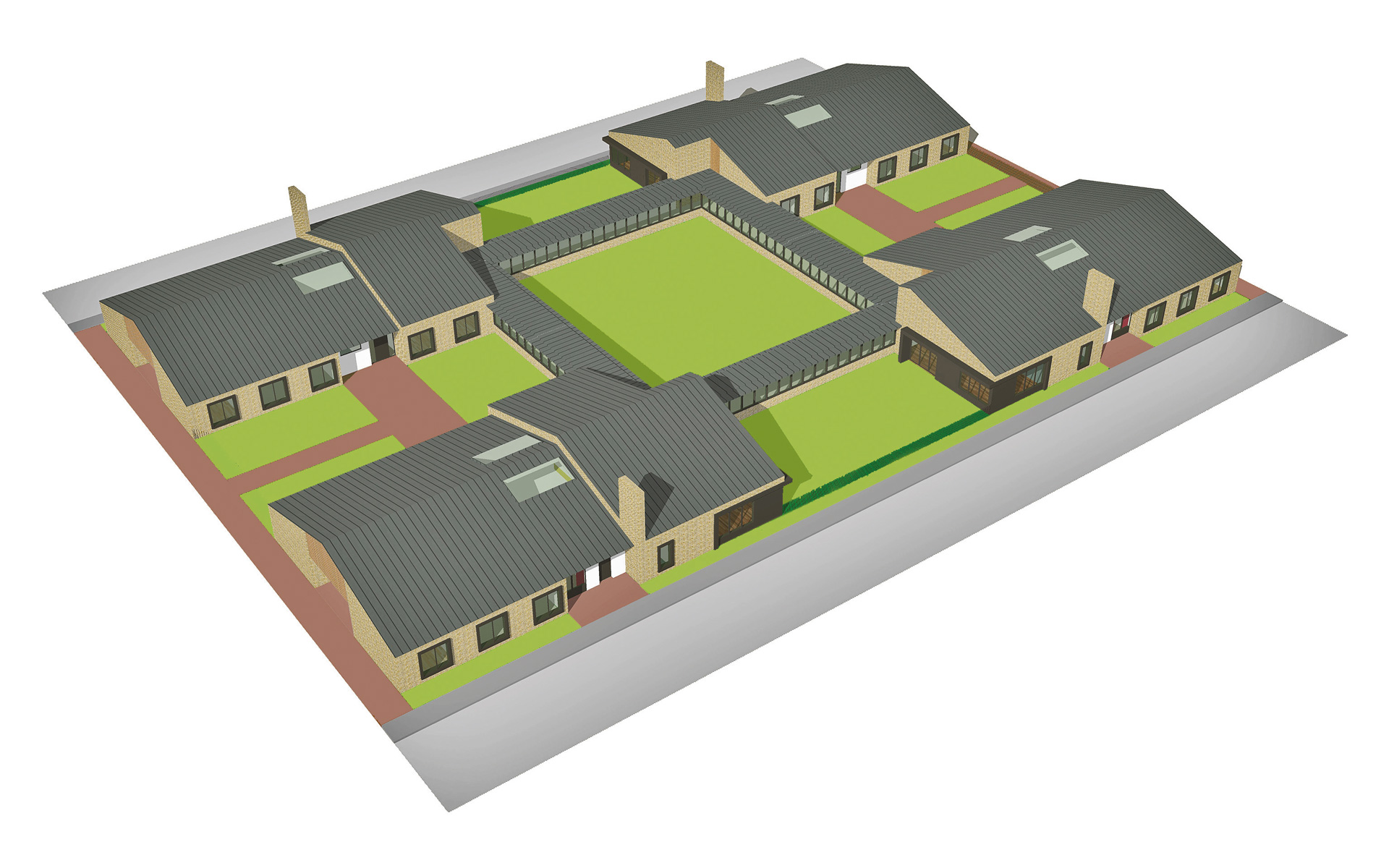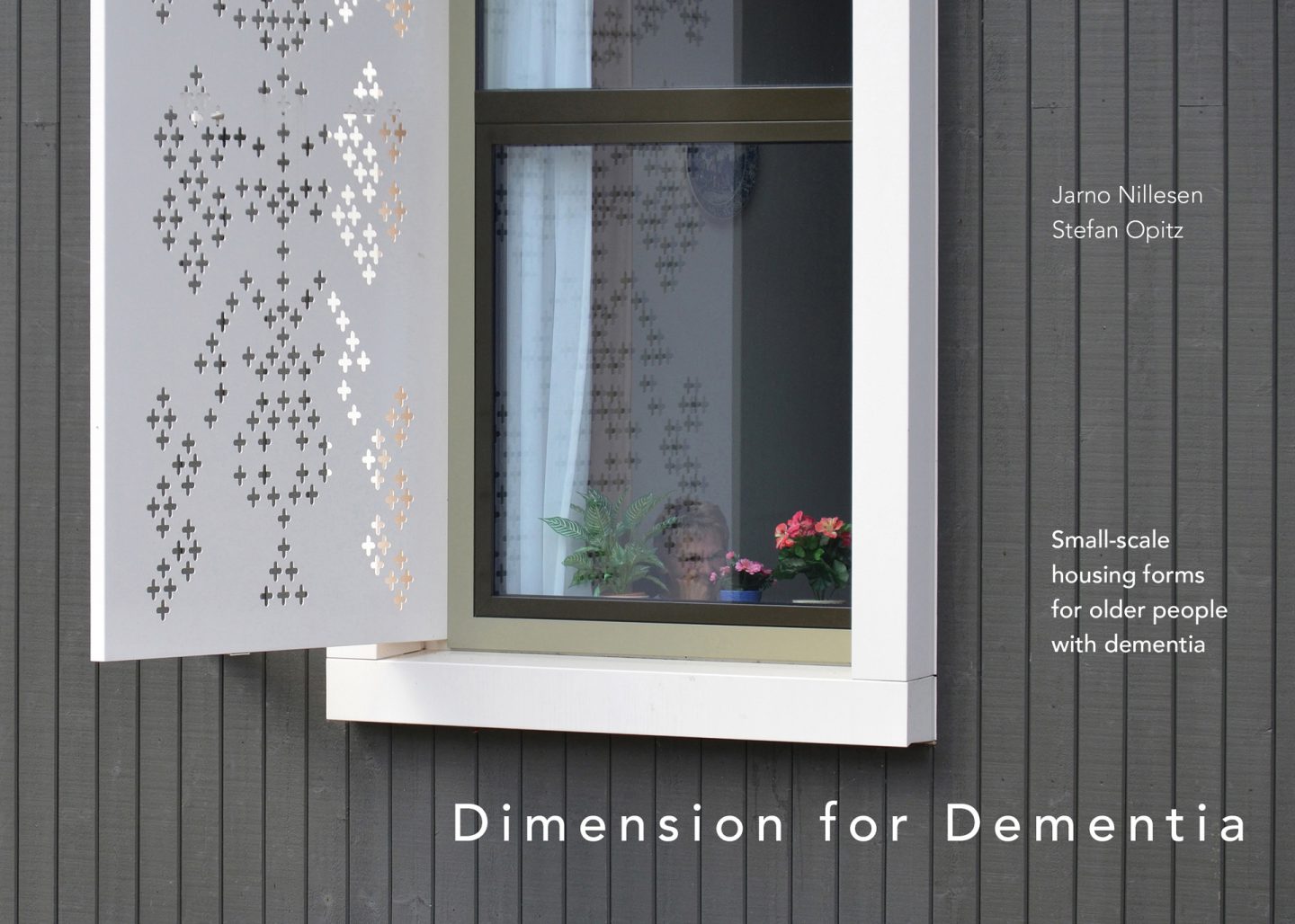Dimension for Dementia
April 2013
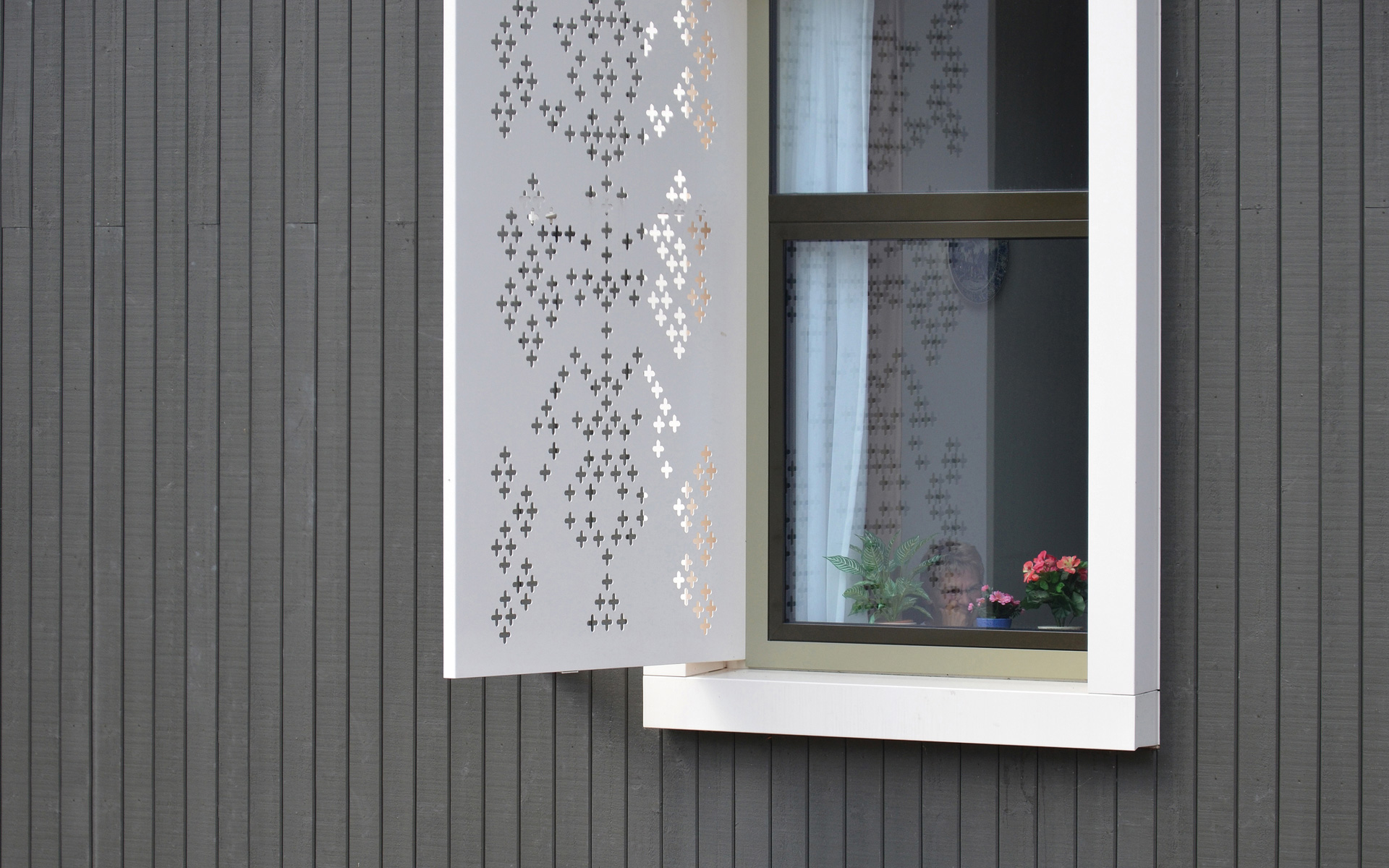

People and dementia:
designing for quality of life
People are living longer than ever. As a result, the number of people with dementia, a disease that largely affects the elderly, has increased dramatically. Since 1950, the number of people suffering from dementia in the Netherlands has increased from 50,000 to 290,000 in 2021. By 2050, there will be approximately 620,000 dementia patients. Thus, in recent decades, dementia care has developed significantly, and many of these advancements are thanks to architecture and spatial design. We now know that there is an undeniable relationship between environment and behavior. Over the years, Wiegerinck has gained ample experience in designing for dementia care with its various innovative projects.
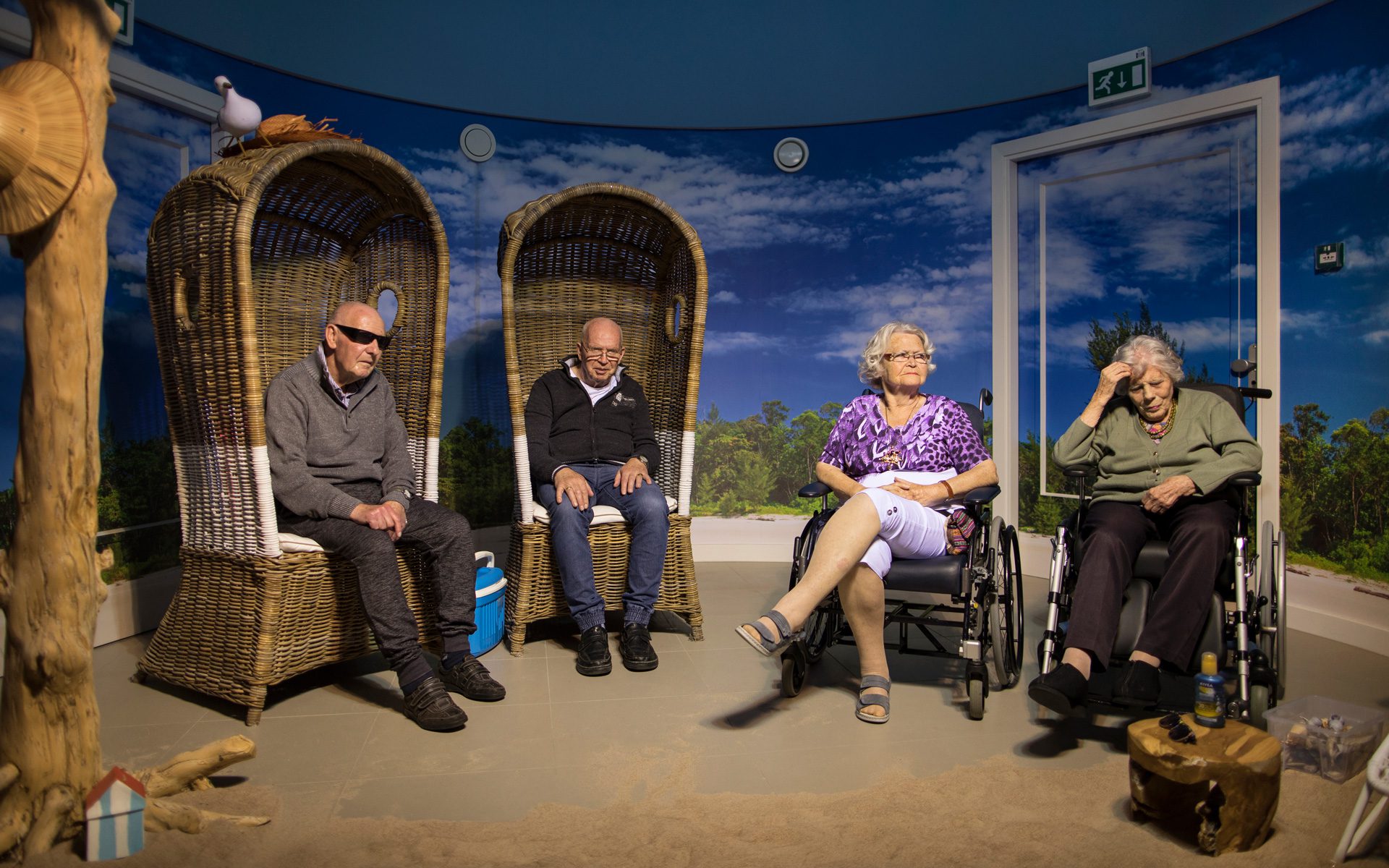
The beach room in the Houttuinen care centre in Haarlem © Ilvy Njiokiktjien
Quality of life
The behaviour of patients with brain disorders is closely related to stimuli and impulses in their environment. In most cases, they are cared for at home by their loved ones for as long as possible. By the time they have to move into a care facility, they are often very confused, frightened and distraught. Once they are there, it’s not just the quality of care that matters, but also the quality of life. We’ve learned that, especially for people with dementia, the environment and interior design are critical to their well-being and sense of belonging.
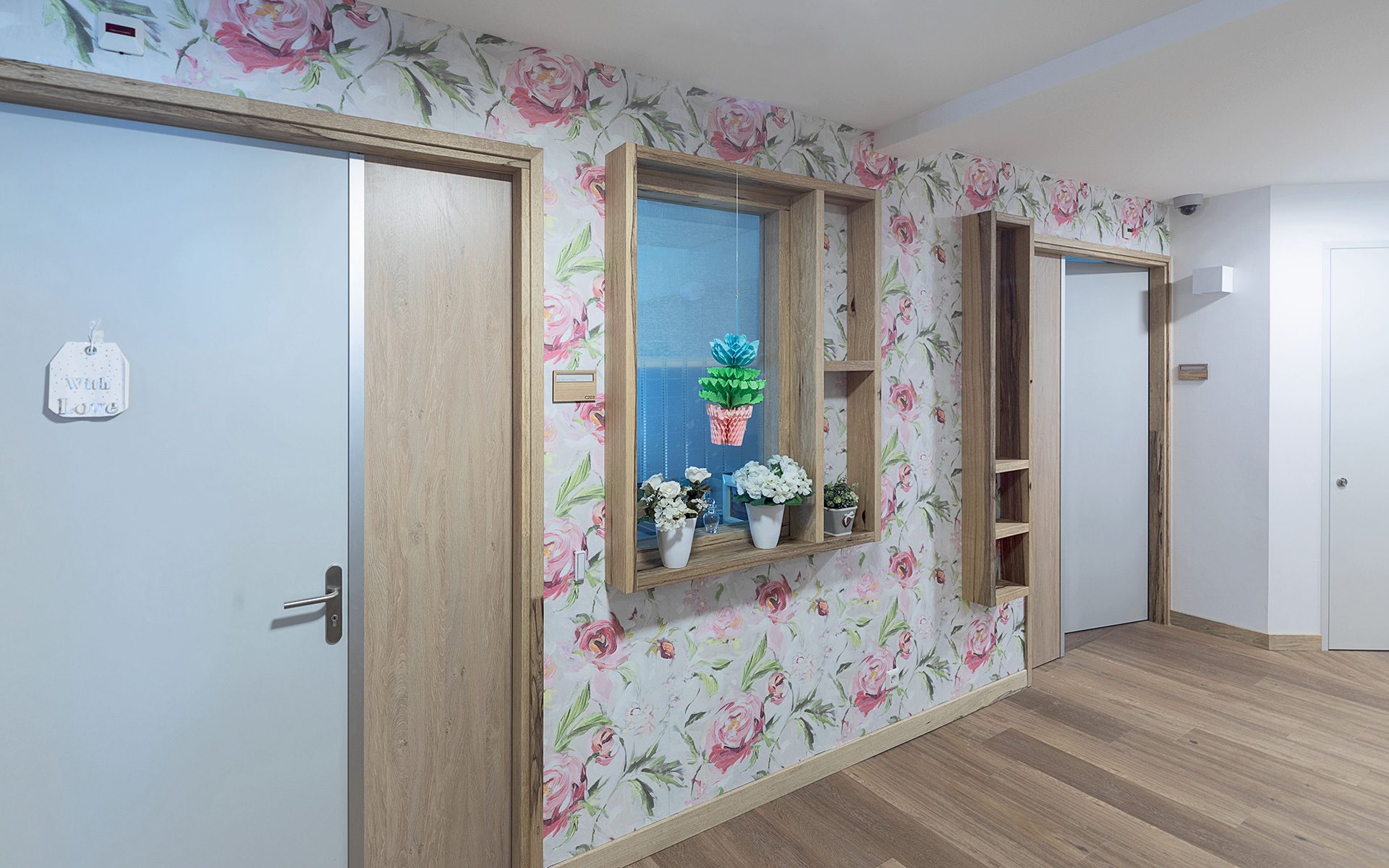
Personal entrances to private rooms in the De Klinkenberg care centre in Ede © William Moore
Senses as a compass
People with dementia slowly lose their sense of self and the world. But while cognitive functions deteriorate, sensory functions remain intact. Their sense of hearing, seeing, feeling and smelling become the compass with which they navigate the world. Architecture and spatial design can indicate the right boundaries and create a secure environment, where fear and stress are eliminated as much as possible. A world that can be both small and spacious.
The city model
Small-scale or large-scale?
Small-scale living arrangements are seen as an important means of increasing the quality of life. In a care environment tailored to dementia, everything is laid out in a way that is smaller, more intimate and easier to manage—in other words, like home, with no large spaces and plenty of recognizable elements. Yet there is also much to be said for a larger-scale approach. By ‘large-scale’ we don’t mean impersonal, but rather large enough to give the feeling of space, a place where residents can move about and enjoy their autonomy, where they can discover, be themselves and come into contact with others.
The rural model
There is no ‘best’ solution
When it comes to dementia, we at Wiegerinck have no outspoken preference for small- or large-scale residential environments. This is because there is no one all-encompassing ‘best’ spatial solution. There are simply too many factors involved, from the patient’s individual clinical situation to the architectural possibilities of the facility.
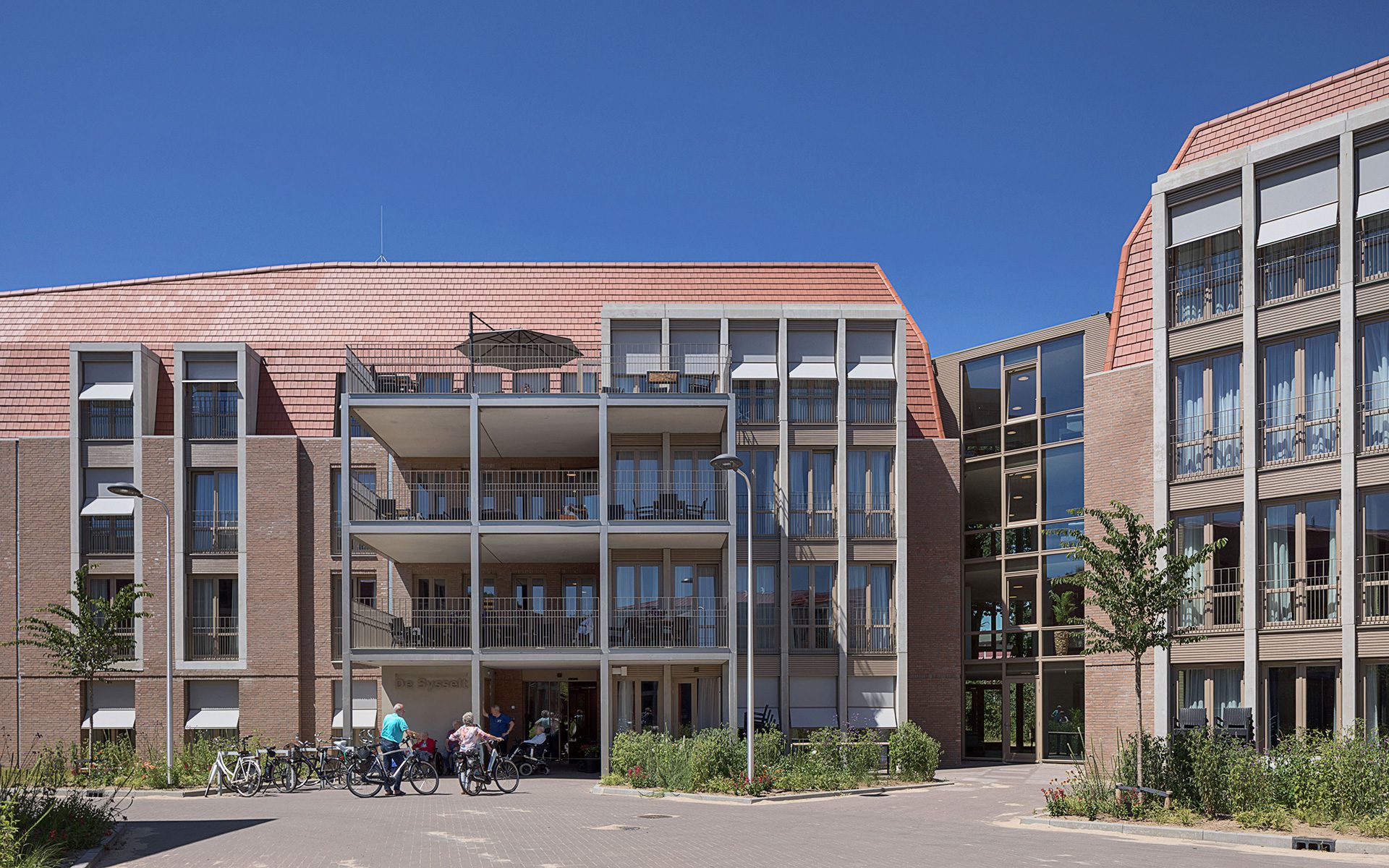
De Klinkenberg care centre in Ede © William Moore
Successful designs
A good example of a successful residential care environment for dementia is De Klinkenberg in Ede, a project we are proud of. Here, a small-scale is embedded in a larger scale. We have linked the intimacy of small living groups to space for movement. Residents can come into contact with each other anywhere inside the building, and they can also safely go outside to feel the pleasant stimuli of the sun and the wind. At the De Houttuinen residential care centre in Haarlem, we’ve created a cinema room and a beach room with deck chairs and heat lamps to simulate the sensation of being at the beach. The facility was even mentioned in the New York Times. In our latest projects in the field of dementia care, we are working together with Sensire in Doetinchem and other partners.


